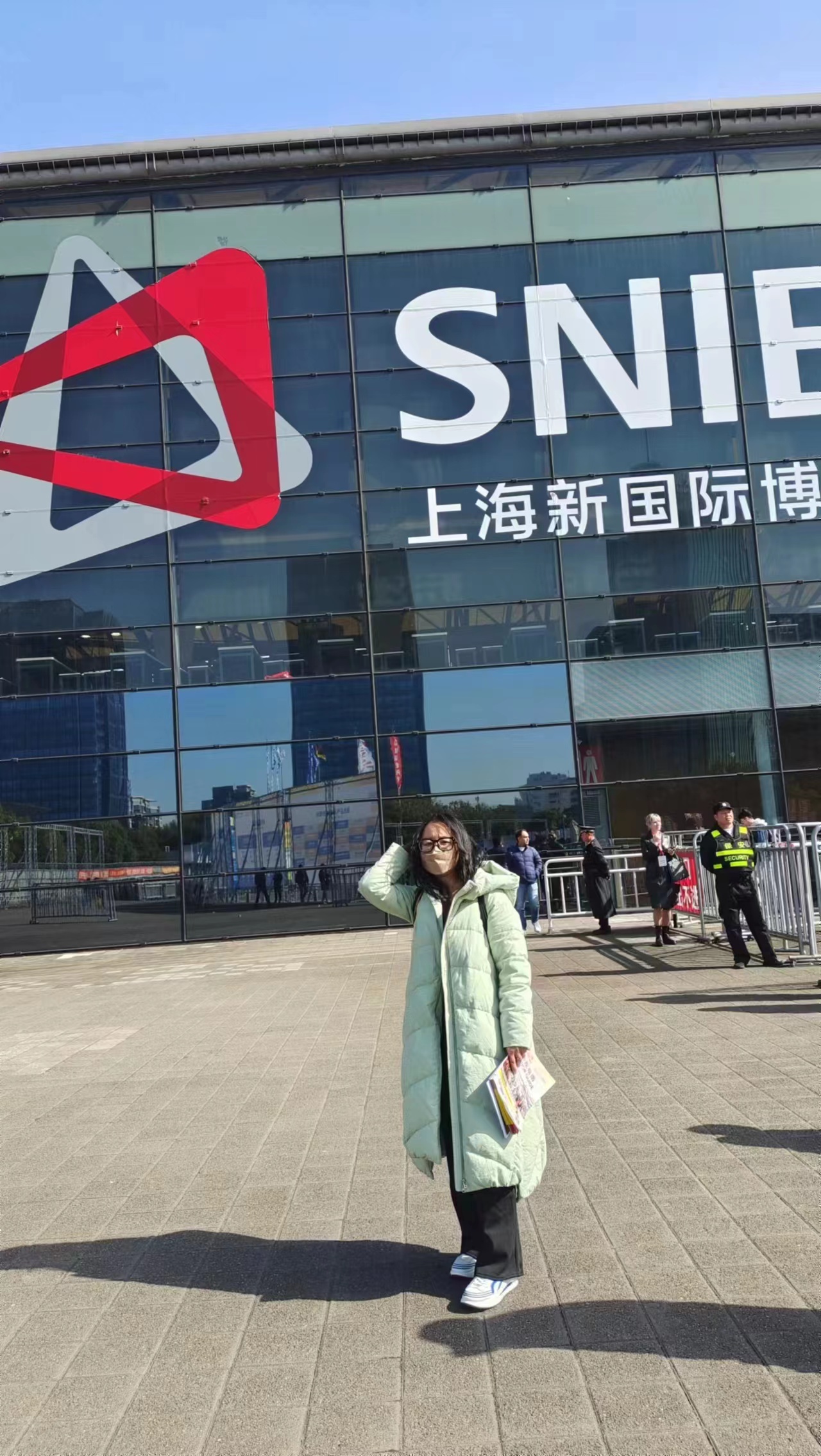
8 月 . 16, 2024 18:49 Back to list
Rutile and Anatase Supply Solutions for Industrial Applications and Research Needs
Understanding Rutile and Anatase A Dual Approach to Titanium Dioxide Suppliers
Titanium dioxide (TiO2) is one of the most widely used inorganic compounds in the world. It is primarily available in two crystalline forms rutile and anatase. Each form has unique properties and applications, making them indispensable in various industries. This article explores the significance of rutile and anatase, as well as the various suppliers that specialize in these essential materials.
Rutile vs
. Anatase Properties and ApplicationsRutile is the more stable and denser of the two forms. Its structure allows for superior light scattering, making it highly suitable for applications requiring bright white pigments. Rutile TiO2 is commonly found in products like paints, coatings, plastics, and paper, where its exceptional opacity and brightness are invaluable. Furthermore, rutile has a high refractive index, which enhances its performance as a pigment in high-quality coatings and inks.
On the other hand, anatase, while less stable, is prized for its photocatalytic properties. It is used in applications such as self-cleaning surfaces, water treatment, and air purification due to its ability to facilitate chemical reactions under UV light. The smaller particle size and higher surface area of anatase make it more effective in these innovative applications. Consequently, suppliers must offer both forms to meet the diverse needs of their customers.
The Role of Suppliers in the Market
With the growing demand for titanium dioxide in numerous sectors, suppliers play a crucial role in ensuring a steady and reliable supply of rutile and anatase. Companies that specialize in these materials must provide high-quality products that meet stringent industry standards. A reliable supplier should not only offer competitive pricing but also prioritize quality assurance, consistent supply chains, and technical support.
rutile and anatase supplier

Many suppliers have established themselves as leaders in the titanium dioxide market by focusing on research and development. By continually innovating, these companies can enhance the properties of rutile and anatase, making them even more effective for specific applications. For instance, some suppliers may focus on creating surface-modified versions of TiO2, which can improve the performance of pigments, catalysts, and UV blockers.
Sustainability and Environmental Considerations
As environmental consciousness grows globally, suppliers of rutile and anatase face increasing pressure to adopt sustainable practices. The production of titanium dioxide, particularly through the sulfate and chloride processes, can have environmental implications. Many suppliers are now investing in eco-friendly production methods, such as utilizing recycled materials or cleaner technologies to minimize their carbon footprint.
Moreover, suppliers are finding ways to align their products with green standards by offering non-toxic, environmentally safe formulations. This is particularly relevant for applications in the cosmetic industry, where there is a demand for safe, natural ingredients. Suppliers that can demonstrate their commitment to sustainability are likely to stand out in the increasingly competitive market.
Conclusion
Rutile and anatase are essential to various aspects of modern life, from construction and manufacturing to innovative technologies and environmental solutions. The role of suppliers is crucial in meeting the growing demand for high-quality titanium dioxide. By understanding the properties and applications of each form, and by prioritizing sustainability, suppliers can enhance their market position and contribute to a more sustainable future. Their ongoing commitment to innovation and quality assurance ensures that rutile and anatase will remain vital components in numerous industries for years to come.
-
Lithopone for Plastic & TiO2 R-5568/SK-6658 Masterbatch Solutions
NewsMay.30,2025
-
China Leading Rutile TiO2 Manufacturer - R5566 & R996 Grades Available
NewsMay.30,2025
-
High-Purity Anatase & Rutile TiO2 Powder Trusted Manufacturer
NewsMay.30,2025
-
High-Purity Anatase Products Trusted Supplier & Manufacturer
NewsMay.29,2025
-
Best Price Eco-Friendly Rutile TiO2 Supplier & Wholesale Factory
NewsMay.29,2025
-
Chinese Anatase Titanium Dioxide for Ceramic Glaze Reliable Supplier
NewsMay.29,2025
